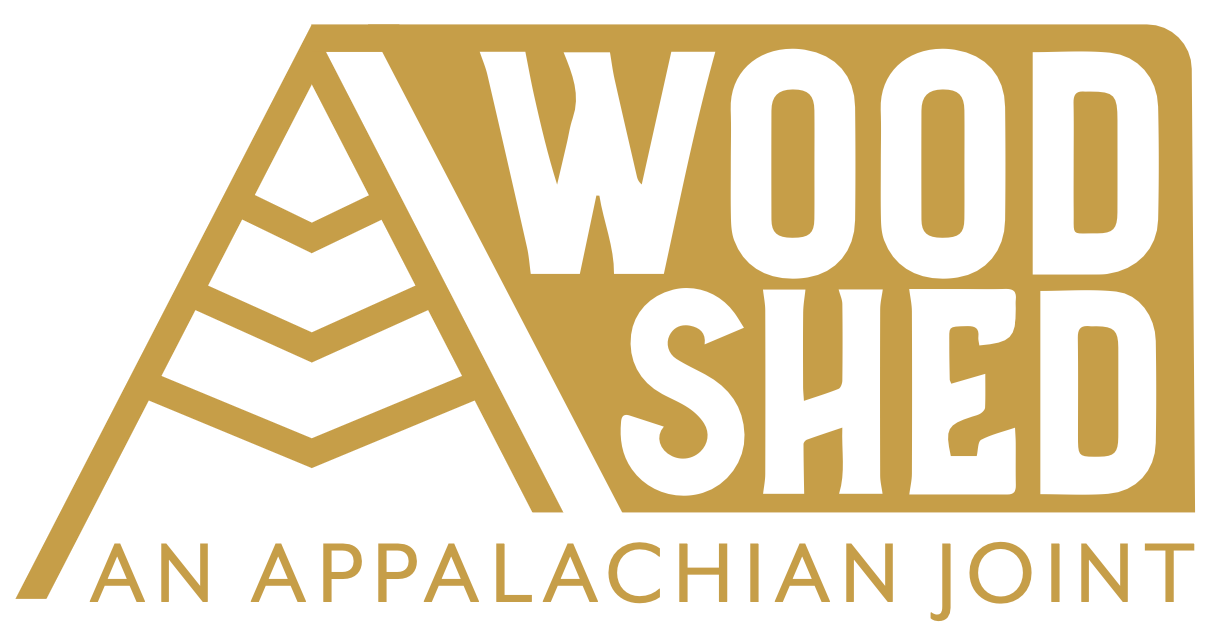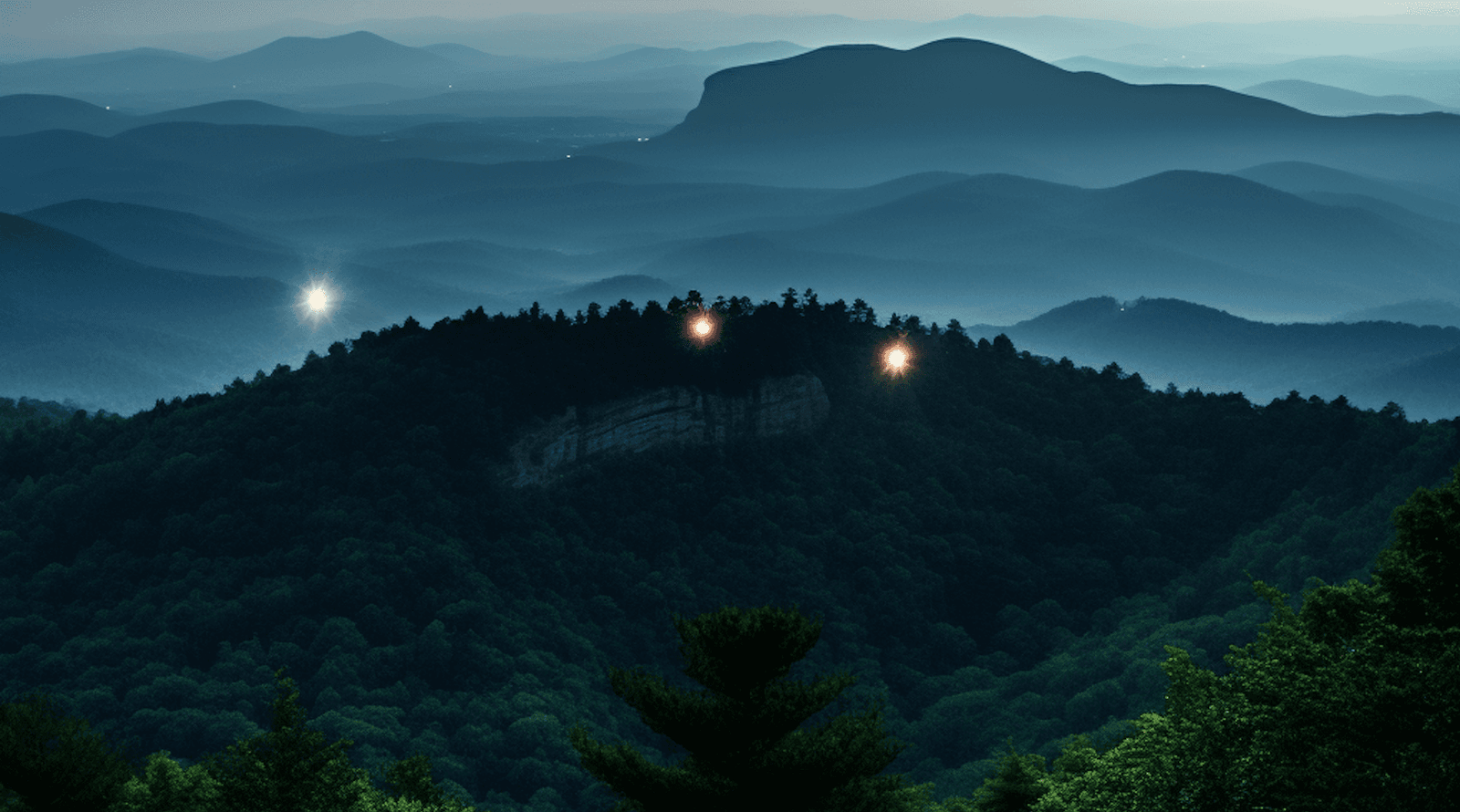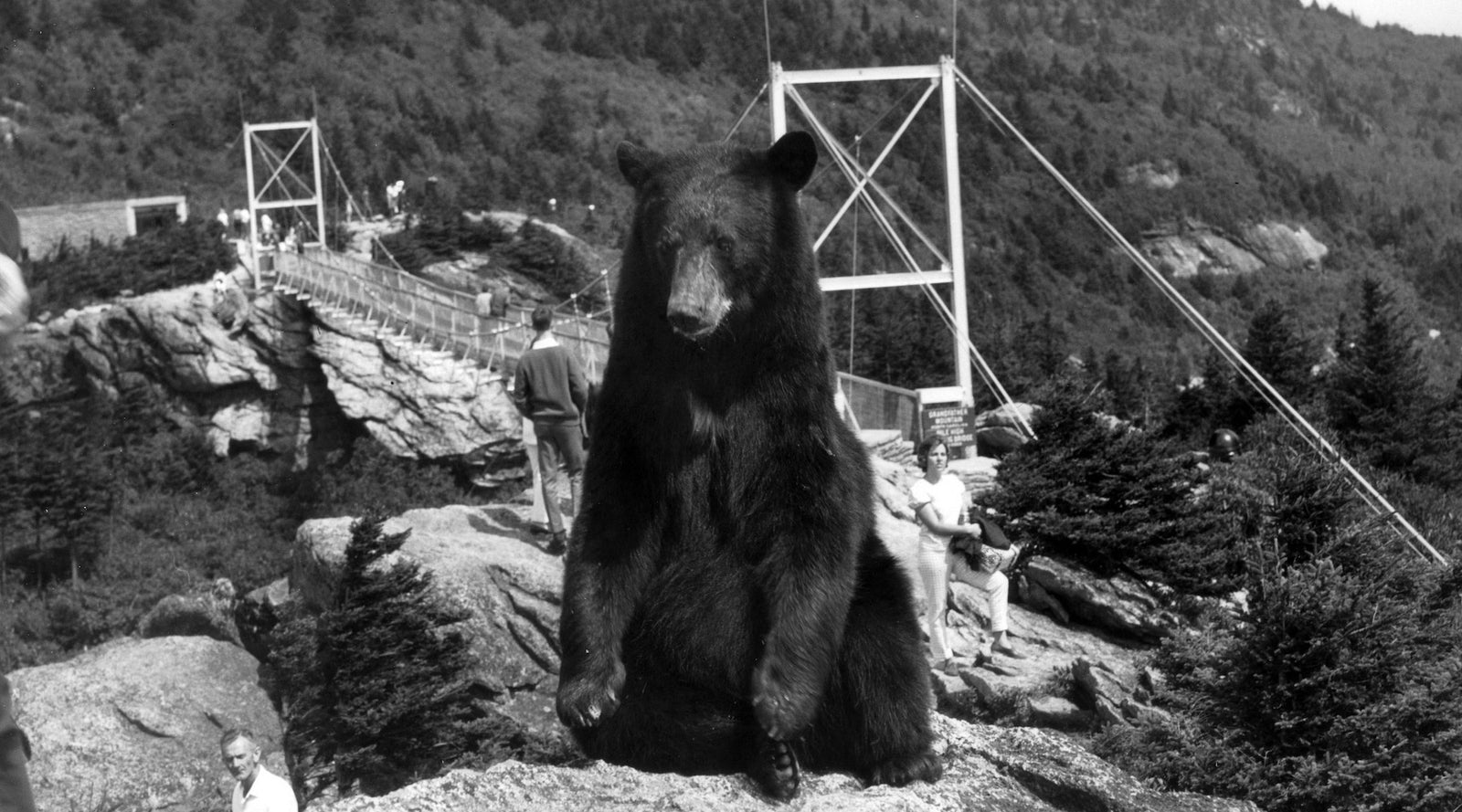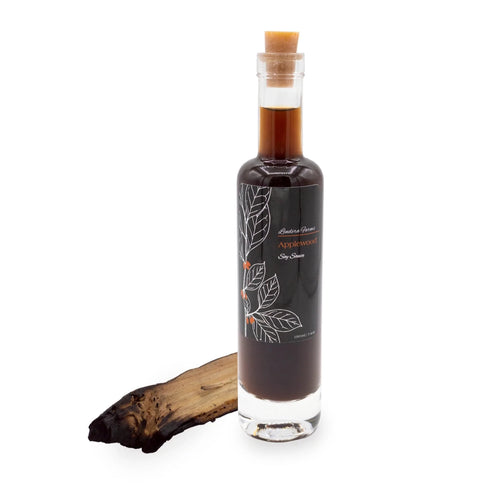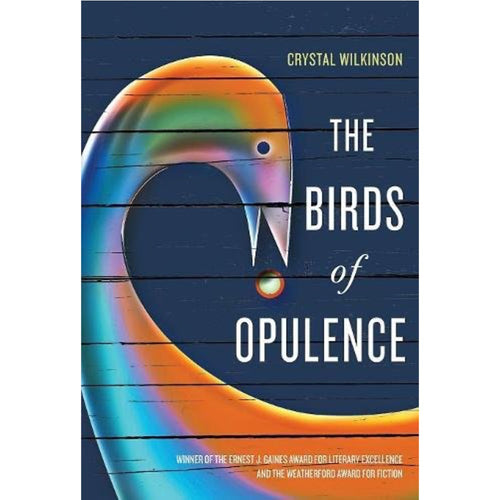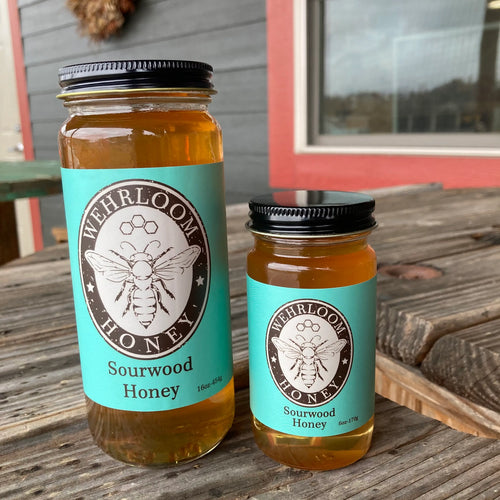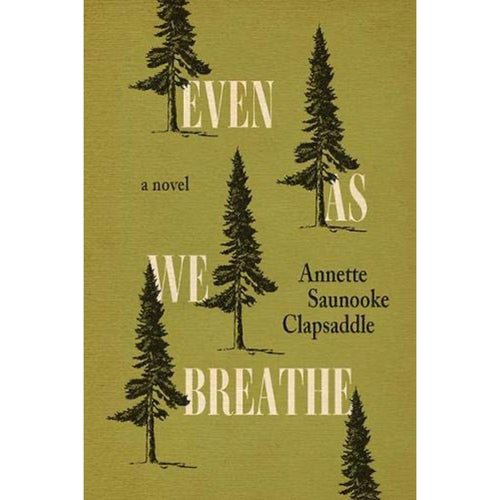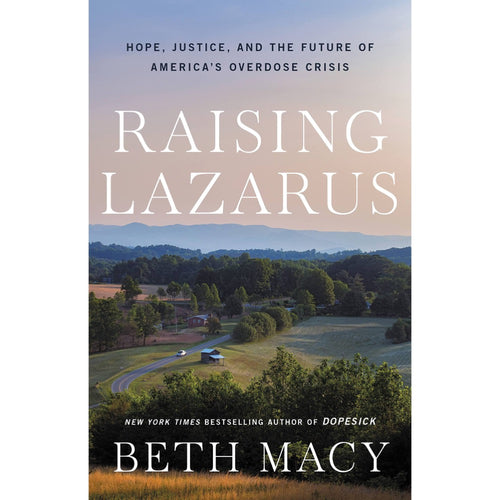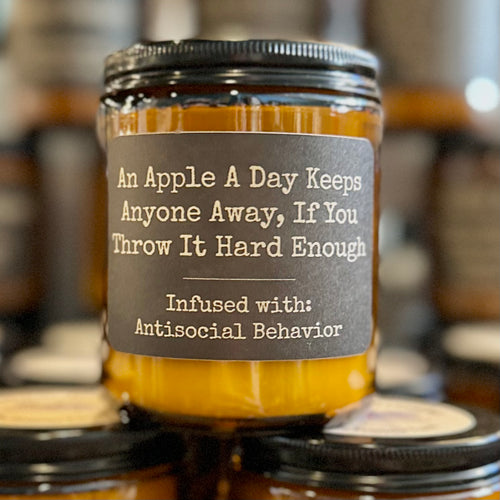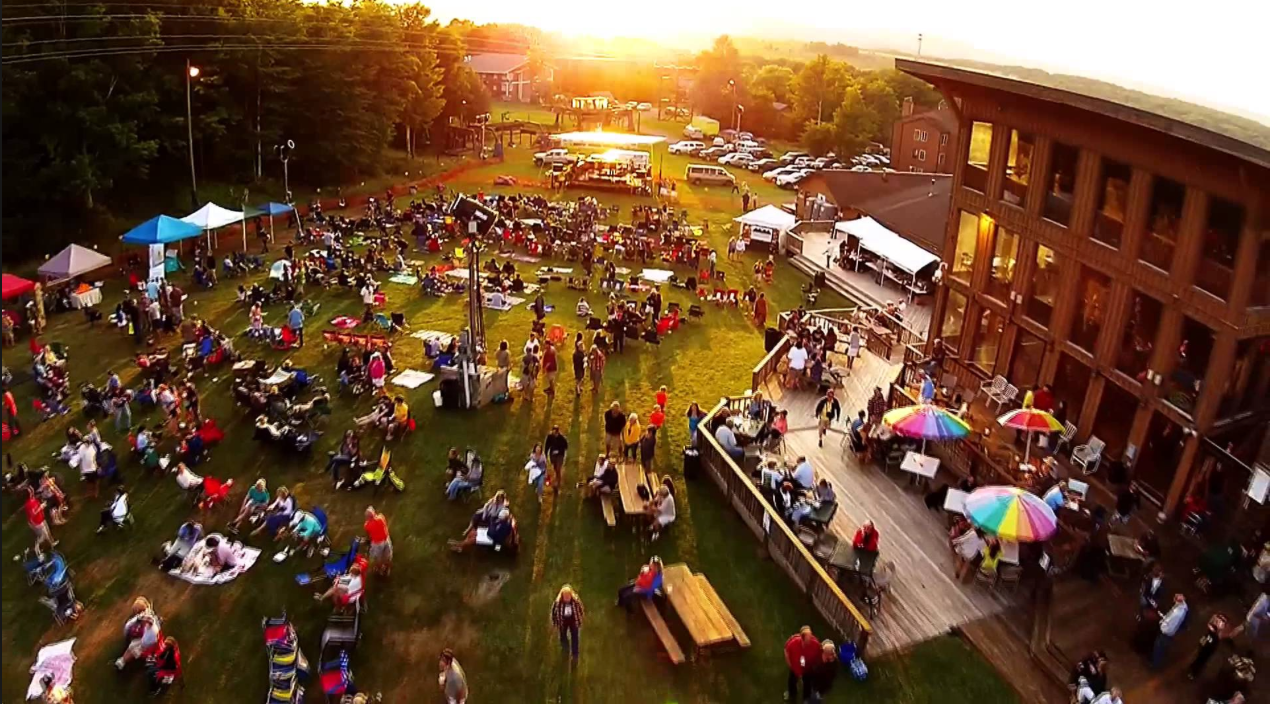
Sometimes I get snarky. Like the other day, when I spotted Jim Justice's gubernatorial campaign ideas for turning West Virginia into a tourism mecca. I tweeted, "Tourism, yes! Horse races, golf, & theme parks? It's not 1980. See Charleston SC & Asheville 4 ideas."
Without a 140 character limit and two bourbons under my belt, I swear I would have been more constructive. I would have said that successful tourism must be in lockstep with current trends and projects requiring big capital outlays must pay off for decades, making millennials and Gen Z central to their success.
In the little orange box, down and to the right, I critique each of Justice's ideas mentioned in my tweet. To prove I'm not just being a Negative Nancy, though, I also want to share new ideas for reviving West Virginia's economy.
Some are tourism-based. Others aren’t. And I’ll be the first to admit they all need pressure testing. I'll leave that to Justice's staff since mine consists of one eager but illiterate puggle. Here goes:
1) Give away a coal town.
Take your pick—Welch, Madison, Logan, Mullens—all are filled with great old buildings, left to rot. After remodeling a few into live/work and retail spaces, you could literally give them to qualifying artists and entrepreneurs. Can you imagine the media coverage? Can you imagine to deluge of applications from people ready to trade their $3,000/month Brooklyn studio apartments for free space in the inspiring Appalachian mountains? The second wave of spaces could go for a deeply reduced rate. By development's third wave, there should be enough momentum for private investors to take over. Oh, and don’t worry about these towns being remote. Other artistic hubs like Homer, Alaska and Hot Springs, Arkansas prove that can be an asset.
On Jim's Ideas
Horse Racing: Thoroughbred Daily News says the fanbase is aging, and living in the DC metro, the biggest city within three hours of West Virginia, I can assure you that high-disposable-income types of all ages aren’t flocking to the state’s existing track in Charlestown. I’d scrutinize the market potential for a second track, taking another big concern into account, animal welfare. Animal rights groups are targeting horse/dog tracks, citing wide-ranging animal abuses. Should West Virginia step into the middle of that controversy for an idea that may not have a market?
Golf: A better bet. According to Forbes, it has seen an upswing with young people. "Youth playing the game has increased by 20%...in 2015.” I bet you can guess my one concern—market saturation. Golf isn’t a blue collar activity, and mountain people are decidedly blue collar. Who will travel for hours to play golf in West Virginia, who isn't already playing at one of Greenbrier's four courses? I guess this isn’t an issue if Jim Justice's golf aspirations are limited to landing the U.S. Open, which he mentions on his campaign site, but if he's looking to grow the golf market, I worry that it’s tapped.
Theme Parks: You may have read the case against theme parks in the Charleston Gazette-Mail. Bottom line—the only successful one to open in the last 30 years was Dollywood. Three things to know about Dollywood: 1) It abuts the country’s most visited national park. 2) It has the corner on hillbilly kitsch. Nobody will do it better. 3) It is aligned with a globally-known brand, voice, and set of boobs. For all his assets, Jim Justice lacks those!
2) Beef up the eastern panhandle.
We should always lean into what’s working, and I can tell you that young professionals are visiting the eastern panhandle for tubing, kayaking, and hiking. Make it easier to get there, and give them more to do. I’m talking twice daily train service from DC, including the weekends, with stops in both Harper’s Ferry and Shepherdstown. In Harper’s Ferry, there is precious little in the town proper, aside from park exhibits. Get a beer garden in there and more restaurants, maybe even a tubing company within walking distance of the train station. In Shepherdstown, shops and restaurants abound, but lodging is a problem. While there are a few hotels, most look like they were decorated during the Reagan administration, and for some reason, there's a dearth of AirBnBs. Oh, and for God's sake, restrict sub-developments out that way. They are destroying the beauty that draws people to the area in the first place.
3) Be authentic along the New River.
Jim Justice wants to give New River visitors reasons to stay—great idea—but he cites a wildlife park as the solution. I don't think that will work with the people who will be driving tourism over the next fifty years or more. Millennials and Gen Zers aren't flocking to pre-packaged parks, whether they hold wildlife or roller coasters. They want authentic experiences that reflect the unique heritage of a place without being corny. So how about giving them an amazing walking and biking trail along the New River, a la the C&O Canal. The trail could connect cool river towns, breweries, or base camps with cabin camping. When you weave amenities into the fabric of the area, rather than plopping them down and surrounding them with a big fence, you retain that place's essential character. You also spread the wealth, giving small businesses a much bigger role. Existing state parks and national park land provide a good starting point. Developed carefully, they could become a regionwide draw.
4) Booze it up.
Asheville was named Beer City U.S.A. four years running and is now home to Sierra Nevada and New Belgium. Roanoke just landed Deschutes and Ballast Point. Plus distillery trails and cider festivals are popping up all over. Local booze is big, and West Virginia already has some great producers. The new governor could foster more with small business incentives, and connect them through trails and festivals. She or he could also court bigger distilleries that are looking for regional hubs. While some livers are getting saturated, the market for local booze isn't even close.
5) Legalize pot...fast.
A few months ago in The Roanoke Times, I asked if legal pot will end Appalachia's biggest cash crop. The short answer—it might if we don't move quickly. The region produces a massive amount of marijuana, and as states legalize, they are starting to grow their own. Since my piece ran, a new report has estimated that legalized and taxed marijuana could pump $19 million to $70 million into West Virginia's coffers plus it would decrease law enforcement costs. With most residents supporting legalization and the state in a financial free-fall, a visionary leader needs to push legalization before the market is gone for good.
6) Serve up Appalachian food.
Have you heard? Appalachian food is the "next big thing" in regional cooking. So says The Washington Post. Chefs inside and outside the region are taking a close look at our food traditions with attention being galvanized around the Appalachian Regional Commission's Bon Appétit Appalachia! campaign. West Virginia can tap this growing movement by setting up a scholarship for Mountain State chefs to attend the Appalachian Food Summit, hosting morel-themed events, or publicizing the state's ramp and pawpaw festivals. An incubator approach can translate to real dollars as adventure diners begin visiting the mountains for a taste of our culture. Charleston, South Carolina is the new model city for food tourism, having scooped up food and travel awards from Bon Appétit, Condé Nast, Travel & Leisure, and more. Mr. Justice should head down there and check things out.
7) Turn coal miners into tech grunts.
With their jobs being mechanized over time, miners have actually been tech grunts for a while. That skill set could serve them well as the mining industry dries up. The Revivalist and other pubs have focused on a new tech company in Pikeville, Kentucky that's training former miners to code. With it's work ethic and skilled labor force, West Virginia could take this model to scale, positioning itself as Silicon Holler (to borrow a term), a new home for coding, data centers, fulfillment and customer service facilities, and other tech services that could be situated anywhere and that benefit from affordable land and labor.
8) Don't just market; rebrand.
Jim Justice refers to himself as the state's "marketer in chief," proposing an ad campaign to publicize all West Virginia has to offer. That's the right direction, but he should push it further. I'm talking about a full rebranding. Justice needs a little help I think, and taking a look at Secret Hideout's website, even hiring a group like them would go a long way to help him revive the state. Think about it—when West Virginia gets national exposure, what's it about? The death of coal, mountain top removal, meth, or backwoods antics like those on MTV's Buckwild. None of it drives tourism or attracts investors, and the state has centuries of bad press working against it. Hillbilly stereotypes extend to the region's first European settlers, so it will take a radical repositioning to change people's hearts and minds, to convince them of what you and I know—that West Virginia is not just wild. It is also wonderful.
Which of these ideas do you think would work and which wouldn't? What else could help turn things around in West Virginia? Please leave a comment below.

